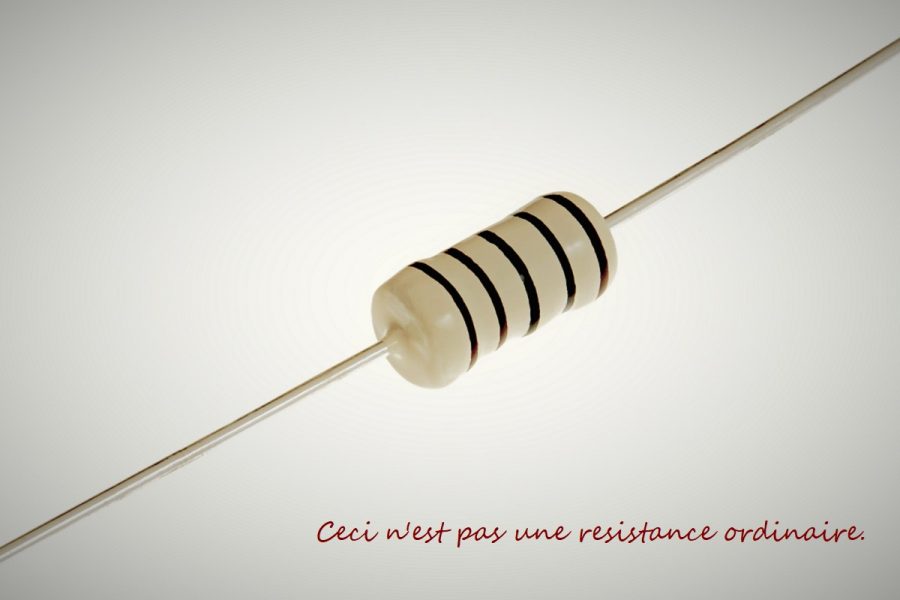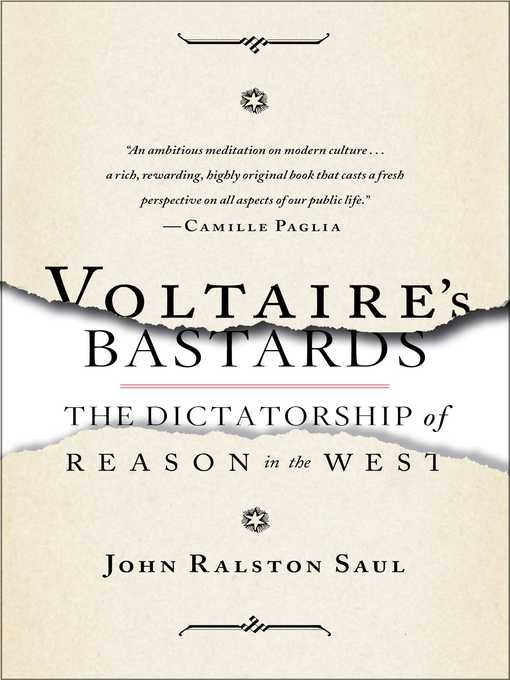 ”No one does it like we do it!”
”No one does it like we do it!”
While talking to Peter Qvortrup, the mastermind behind and man without whom there would be no Audio Note UK, it strikes me how open he is about his role models. He keeps telling about Peter Snell, the legendary loudspeaker designer from the 1970s and 1980s, on whose designs AN UK’s speakers are based on; how he’s been studying the secrets of Snell’s crossovers for years; etc.
At a local contry club, Peter sums up the high and low spots of the story with Audio Note Japan; the close association, the split which eventually led to setting up the English division of Audio Note in 1998. Not surprisingly there are obvious design similarities between Kondo and AN UK amps: Class A topology, fancy OTPs, extravagant windings etc., and most importantly: Peter’s respect for Kondo’s legacy of seriously looking into material foundation of the amps and other products.
In demoing the prototype of Audio Note’s forthcoming three-motor turntable, Peter refers to features known from the 30 year old Systemdek turntable (the low mass, less energy absorbing acrylic platter, for instance), which many regard as one of the finest turntables ever made, and around whose example all Audio Note UK’s suspended AC motor turntables are built on.
And so on.
But how surprising Peter’s openness is after all? If you did what Audio Note UK has done, namely start with what you consider the most solid basic designs, whether loudspeaker, amp or turntable, what would you do? Naturally you set out to improve them! Except that ”improve” is a too mild a word in this context: to perfect the designs in a number of areas as much as they can. Main lines given and known in advance, going to extremes with every detail is not surprising, it’s logical! That’s the logic of the AN UK’s design philosophy and business model.
The AN UK is certainly not the only company out there to stress the utmost importance of every detail of their designs (in fact it has become a fairly common jargon in the field nowadays). What distinguishes the AN UK from others is their un-paralled extremism, how madly meticulous they’re about what goes in the amps and speakers and turntables. It’s one thing to hear or read about it and another to be able to actually visit the factory and tour the premises, and see people working there each on his or her workstation and specific area of expertise, all those cabinets and shelves and storage rooms, one after another, loaded with rare and precious components and parts, tubes, resistors, caps, transformers, PC boards and so and so forth.
One need not believe that entering into every detail to this degree counts, or agree upon the true sonic effect of every component change, but there’s no way of denying the seriousness of the AN UK’s approach. More than 20 years in audio journalism and I simply fail to see who else would go to this length and in such a strong-minded manner in order to achieve what they believe in. I sense that this is something different.
It’s a business argument as well. There are people out there who appreciate the manufacturer’s fanatical commitment to tiniest detail and particularity, and Peter knows it. The AN UK’s approach is bound to generate skepticism among those who don’t see the significance of such particularism but despite all that, the AN UK has almost doubled its business in five years or so. It may sound a bit undue generalization to conclude that ”others do shit”, but in view of the level of sought perfection, and how the company’s arrived to the point it is today, not entirely groundless and certainly humanly understandable.

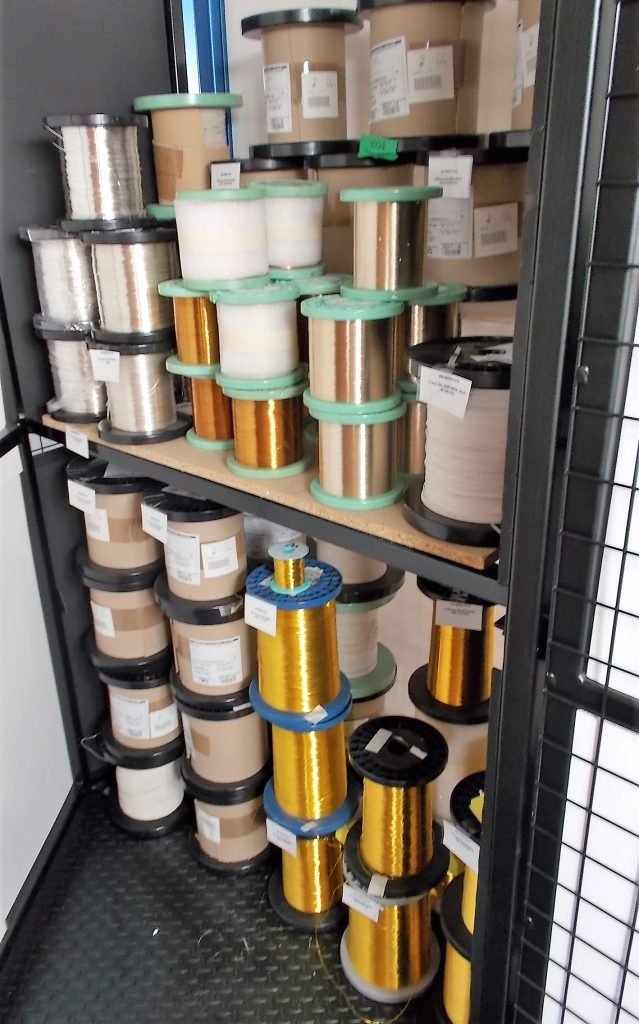
A bit of epistemics
”But how do you know? How do you know!”
Audio Note UK’s obsession with details no doubt partly springs from Peter’s personal perfectionism. I get the feeling that when it comes to audio, there’s something in him that gets fascinated by the tiniest facts inside the boxes, tubes and what have you, which is kind of compelling because otherwise he doesn’t give the impression of being a fiddly engineer. Is he trying to compensate his generosity and unsubtlety manifested eg. by the creative jumble and chaos of his workbench? His grandiloquence? Good food, good wines, good music, good conversations. Never met an engineer exuding similar broad-mindedness toward life and its many divergencies.
I don’t know, but there’s a methodological or epistemic issue behind the obsession too. That is the desire to have a full control over all endogenous (to the designs) variables in the equation. When all components to the very smallest ones are sourced from one’s own pockets, the manufacturer can quarantee its full command over what goes in the amps, loudspeakers etc., and only then, Peter is convinced, it’s possible to assess the true sonic effect of changing a single variable in the designs; and that’s precisely what people at the Audio Note UK do: listen to the sonic fingerprint of inserting a new resistor, cap etc. in the circuitry:
”Listening to every new component such as resistors, is essential in our scheme of things, that is really what sets us apart from all other audio manufacturers, as you know.” 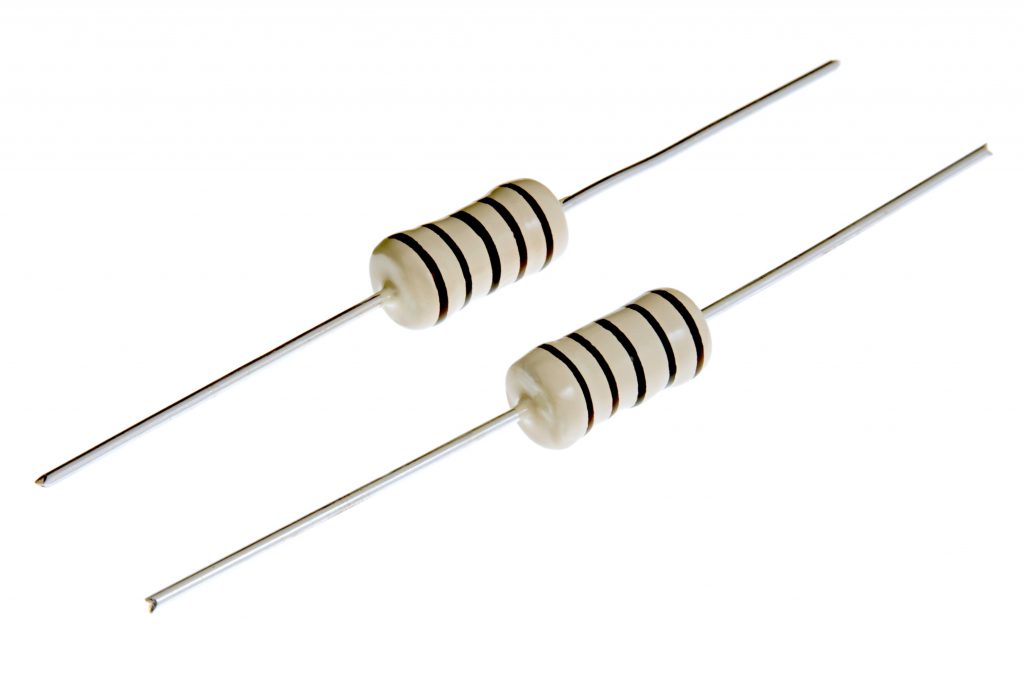
Supervenience
”New scientific truths do not succeed by convincing its opponents, but rather because its opponents eventually die.”
That’s Peter quoting Max Planck.
X supervenes on Y if some difference in Y is necessary for any difference in X to be possible. In other words, X supervenes on Y only if X cannot vary unless Y varies. It’s clear that ”sound quality” supervenes on certain physical properties in this way. Supervenience limits our possibilities to draw evaluative conclusions about sound quality: we must make sure that if two components sound different, they also differ with respect to some natural property in a necessary and relevant way. The AN UK devices certainly differ with respect to their physical properties (eg. materials used for resistors, caps, transformers), but are the material differences necessary and relevant to making evaluative judgements (about sound quality)?
To prove (scientifically) that they are, is not a trivial thing to do. Peter points his finger to inadequacy of scientific knowledge when it comes to audio: we simply do not know yet. I’m positive that as an intelligent person he’s not fully happy with the answer and would be happier if the audio-related physics had more to say. For the time being he can only site parallel cases from other fields, where the protagonists have fought against the prevailing understanding of the scientific community. But as said, the not-known-yet argument has its pittfals, and probably is the weakest link in Peter’s overall theory.
In the absence of scientific evidence, we are left with subjective assessment of sound quality, and Peter is not happy with that condition either. That’s why he’s offering us his intermediate solution: the Comparison by Contrast method.
“In audio the spectacular failure of our “science” to square the circle between providing any consistently realistic musical experience with equipment that perform well under the steady state measurements that the audio industry applies to the design of its products, has undermined the validity of the science used, but no attempts have been made to develop a science that is closer to the sonic end results it yields.” (from the previous Inner interview)
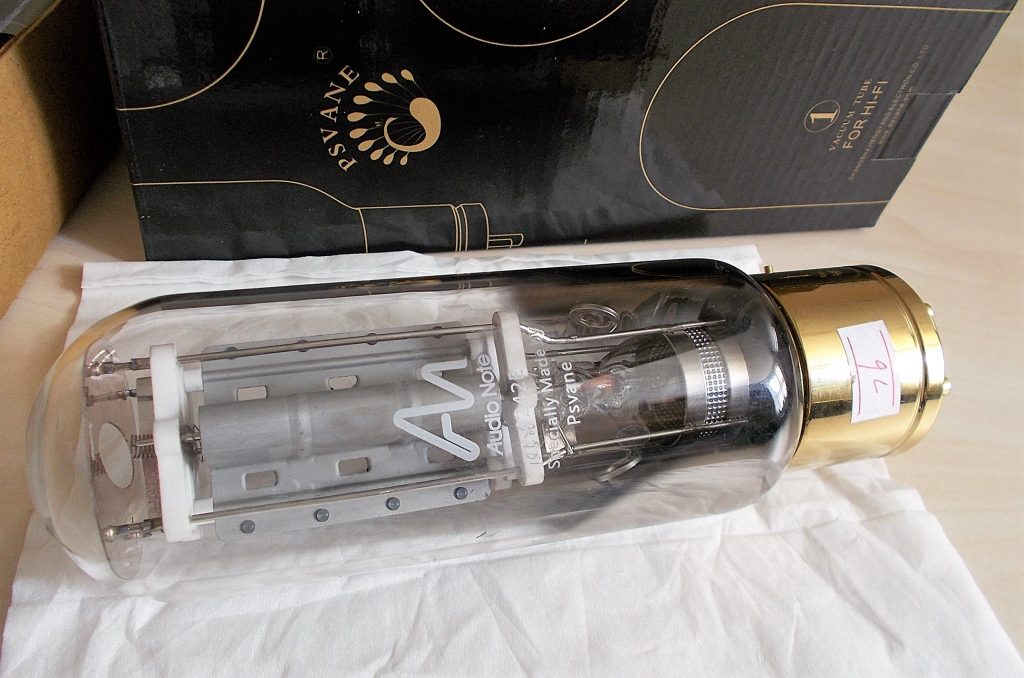
Varieties of goodness
”All other things being equal, silver is better!”
To claim that something is good (better, best) is not a walkover because good is not an ordinary adjective. There’s no pure unadulterated goodness that would assume the same meaning irrespectively of which noun it precedes (or comes after). It’s somewhat similar to big/small: a big fly is not big, and a small elephant is not small. Something can be good (better/best) only in such and such a way.
What is it for silver to be good? Surely goodness of some metal is not goodness of a knife or car, for example. The goodness of a metal depends, presumably, on the purpose the metal is used for (tin-silver is better for soldering than tin-lead because … ). But that’s not what Peter means with his conclusion; he rather means that silver is good/better in that it produces a better sound. But isn’t that taking us out of the frying pan into the fire? What is a good sound? A little bit of reflection is enough to show that there must be numerous ways in which a sound can be good (or none, which is an interesting possibility). Perhaps a good sound is a sound that is good to listen to? But what does that mean? Should we call together a group of experts to decide which sound is good and which not, just as we let the art community to decide which paintings or sculptures are good enough to be dragged to the galleries or museums?
Interestingly, for the goodness of a pro skeaker it seems not necessary that the speaker sound’s good in the sense that the sound pleases its listener as long as the speaker does the job it is planned for (mastering and monitoring). Instead, for a goodness of a hi-fi loudspeaker it is essential in what a specific way the speaker sounds, i.e. the goodness of hi-fi speakers is inseparable of its owner and user. But this kind of subjective evaluation is exactly what Peter aims to get rid of with his Comparison by Contrast method. The point of the CC methodology is simply to engage in the business of revealing obvious known sonic differences between the recordings.
”Secondly, we can also look at this from the recordings’ perspective. It is clear that the consistency achieved, for example, by DECCA with the Orchestra de la Suisse Romande, Ernest Ansermet conducting, or with their Vienna Philharmonic recordings, where they had a permanent set up that was perfected over many years, resulted in a predictable and consistently high quality of sound. More silver means that one can more quickly or more easily make this conclusion or how does it manifests itself. There are many other great recordings out there with a consistent sonic vision, and that can be clearly and unequivocally demonstrated by the Comparison by Contrast methodology.”
How watertight the method is, is always debatable but one cannot but admit that from an angle, Peter’s proposal makes sense.
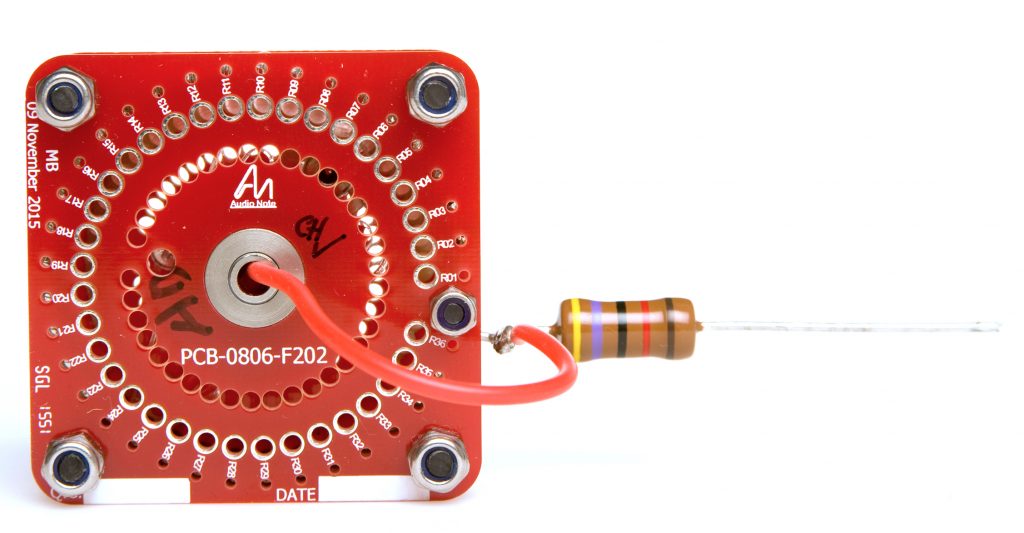
Power of the elite
”Nonsense!”
That’s Peter’s immediate reaction to the libertarian view that freedom and self-ownerships are fully compatible with non-ownership of economic resources. In the libertarian world, the fact that a person has no resources would not constitute any constraint on her freedom (a penniless person would be just as free to do what she desires and to fulfill her goals in life as the richest property owners). Peter appears to be more on the egalitarian and humanistic side on issues like this.
To support their argument, libertarians would have to show, not only that prior to the first distribution, land and other resources were unowned rather than jointly owned (more easily said than done) but also that the transfer of property from one owner to the other, from a generation to generation, has taken place justly to render the current distribution just. Historically that seems obviously not to be the case, and Peter offers some apt examples to the effect.
But listening to Peter, the worst failure of the libertarians is that they generally ignore that property is not just property, but always comes wrapped in power, social and more direct. On this issue, the arbitrariness and unscrupulousness of the privileged elite, to which Peter himself in some sense belongs, its arrogance and incompetence, and other less flattering properties, Peter’s got a lot to say. And he hasn’t abandoned social class theory either. Writing on Brexit (“The most British thing ever?” posted on Quora) Peter first points his blaming finger to the over-privileged upper-class, who “behind their cushions of wealth and connection” need not care about the consequences, and then goes on:
”The middle classes look on in horror, but being middle class, this amounts more to tutting than anything effective. The working classes look on gleefully, having poked one in the eye of their Lords and Masters, and greatly enjoying the discomfort of the no-better-than-they-should-be stuck-up middle class snobs who they have brought down a peg or two. Meanwhile everyone furiously denies that class has anything to do with it, because this is the 21st Century and all of that is behind us…. If that’s not the perfect storm of Britishness, I really don’t know what is.”
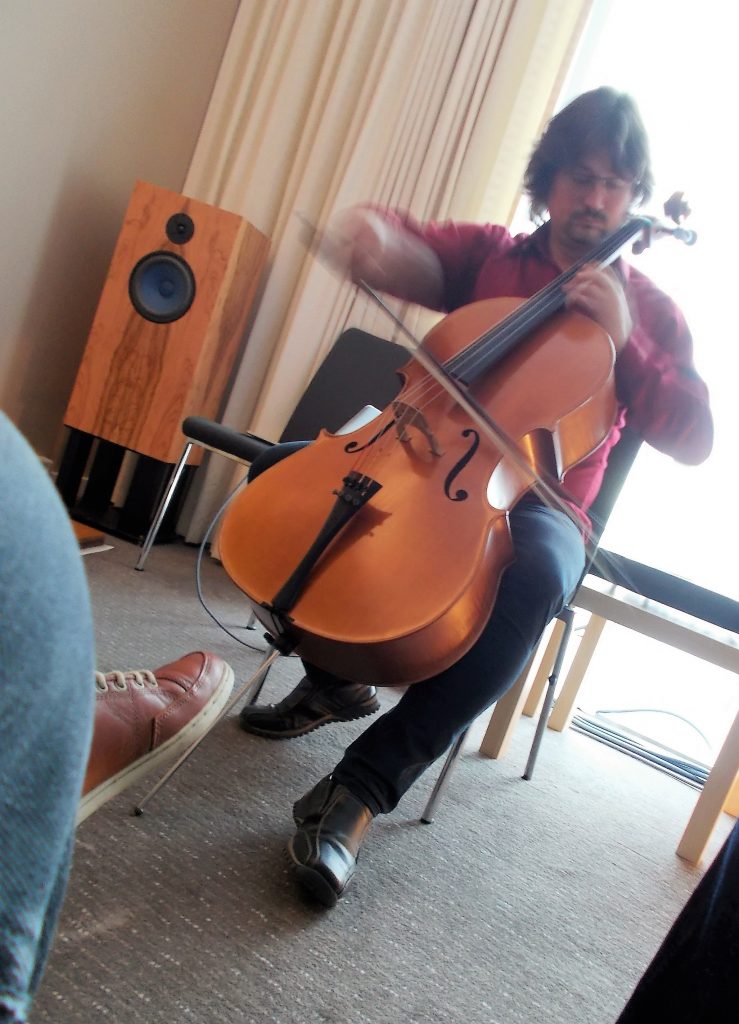 Communality
Communality
”I’ve been here for 30 years now. I feel I’m part of the local community.”
In discussing the correct steepness of the inheritance tax Peter suggests that one ought to differentiate between capital that is put into circulation for the benefit of the community and society, and one (profit for profit’s sake) that is not. That sounds like a sensible idea, and not only because Peter himself appears to belong to the former group. During the day and a half I spent with Peter, I learned, mainly from subordinate clauses, how he’s invested his money on purposes that directly benefit not just his 49 employees but also more broadly different quarters of the local community, and from whose services I also had a chance to enjoy.
As an avid music freak Peter attends and supports local music events and musicians. In 2017, he and Audio Note UK decided to invest in their own “non-profitable” record company, Audio Note Music. As their first act, they hired a Quebecian cellist Vincent Bélanger to record his first album, titled Pure Cello. Vincent tours with the AN UK at audio shows to present his recording and play with the AN UK hi-fi system. The repertoire of the album nicely voices the label’s overall goal to “give the general public access to still unknown parts of classical music”, and do it in such a way that the ”audio quality of the recordings remains a major concern”. Both aspects are taken good care of on this album.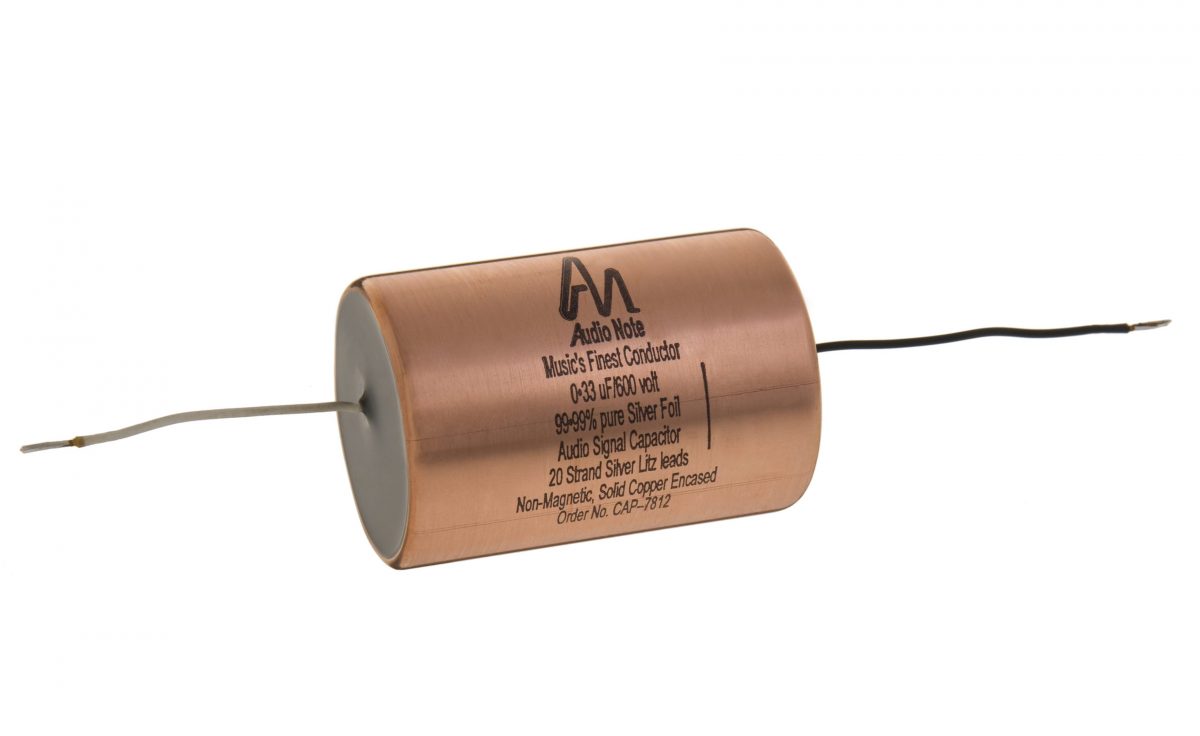
The listening sanctuary
”If only I knew where all my string quartet LPs are?”
Peter’s listening room resembles a library of some well read writer or academic person expect that the shelves are filled with LPs, thousands of them, from floor to ceiling. The traditional style massive bookcase is specifically made for the room by a local carpenter. Books are lying all over the coach table and around Peter’s listening seat but otherwise the room is dedicated to listening to records and showing up the audio system. Music.
One cannot choose a practical attitude towards such a number of records. A little bit of maths suffices to show the limits of life, our mortality. So I guess it must be a matter of self-identity. Whether an audiophile or record collector or both, it’s important to have the feeling or awareness of being surrounded by all this wonderful Western music, and especially the LPs from the golden era in the 1950s and 1960s.
The system of the room is more or less the best that the Audio Note UK can offer, including the new three-motor turntable that still needed some features to be bettered.
Peter is known for being a big friend of classic music and jazz, as well as analogue playback, but at first he makes me listen to a CD track of some very heavy techno stuff played back on a very high volume level, just to show, like a proud little boy, what his speakers are capable of, if really pushed to the extreme. To have physically rasonable sized speakers driven by a reasonable number of tube watts does not imply one would have to limit one’s love for music to classic or jazz. No distortion, no clipping.
Rest of the time we spent with classic music (opera, orchestral) & jazz. Peter praised the excellent radiation characteristics of the tweeters, thanks to which the off-axis response remains smooth and energetic. This feature Peter associates with Peter Snell’s ingenuity in building up cross-overs. Because of this property, and perhaps for some other reasons too, Peter, just like me, is not in favor of listening to music by sitting in the hot spot. His listening seat is almost straight in front of the right channel speaker, and it doesn’t matter because from that distance, the sound is fully usable from that angle too. I myself prefer to sit even further away from the speakers, and listen with one ear rather than two, in order to make the stereo sound become more monophonic, and thus much easier for the brain to chew.
Decline of the decades
”Progress is not a straight line.”
Peter reminded me of his evocative piece on the not so straightforward technological development in the field of audio and recording. The article is published here:
The article is a useful and important reminder of historicity of things; of how easily we mistake something that looks like development for true development, and how looking back often provides us with a different story. That is why sensitivity toward historical issues should be an essential part of every audiophile’s self-reflection, also because most of the audio techniques date back to mid-20th century and in some cases much longer. How would you tell the best audio journalists from ordinary ones? Almost without exception, by their very good grasp of the history of audio. (In fact it’s an interesting question whether any genuinely new technology exists, since most modern technology is based on inventions made decades ago, digital included.) Anyway, when you talk to Peter be prepared that historical themes show up from time to time.
Another all-pervading thought in Peter’s essay is the non-linearity of technological progress. I remember an exhibition at the London Design Museum that nicely demoed how for the spread of color TV, prince Charles and Diana’s wedding might have been a way more influential than any purely technological factor. If you still hold the naive view that any new technology, simply by virtue of being new, would be better than older one, read Peter’s article. Personally the most valuable offering of Peter’s contribution is its insight into the non-parallel nature of the development of different branches of audio and recording technology, how progress and advances in one area often mask the decline in another.
To the Peter’s story I have only this to add: the performance of the peak periods cannot be repeated because the reasons why some technology peaks are not only technological but ‘cultural’ as well, and those underlying cultural factors cannot be repeated. Technology is not something that is born to satisfy clearly defined necessary human needs – in fact most technology serves human needs that objectively seen are unnecessary – or as a caprice of some individual engineer, but because each era has a pre-technical desire for life that is not for engineers to decide upon. The reason why certain audio technology peaked when it did was that there were people back then who had ideas, not about technology, but about music and life that eventually led to the development of highly competent technology.
Is Peter a technological pessimist or optimist? Hard to say. When we’re dealing with technology in society at large it is depressingly often the pessimists who have got it right, and it should be clear by now that Peter is not among the first uncritical optimists flirting with new technology whether in audio, cars or something else. But it seems to me that he’s not a pertinacious technological pessimist either. He loves technology. If only one knows what to do with it.
Books
”You should read it!”
In the rich and varied history of the ancient Iran there was a period when spoken language was valued much higher than the written one. That’s a possibility. Who are we to tell what’s the correct order. No matter, Peter is a huge friend of books. Books come up in every corner and different contexts. Political economy, political philosophy, social policy, societal literature in general (including secret and forbidden books). Judging from the list of Peters’ examples and recommendations his taste is academic rather than popular, perhaps inheriting from the time he spent at the university by reading eg. national and political economics.
One of Peter’s recommendations speaks for itself: John Ralston Saul’s 1992 book Voltaire’s Bastards: The Dictatorship of Reason in the West. According to a commentator, the author of the book argues, inter alia, that ”the rationalist political and social experiments of the Enlightenment have degenerated into societies dominated by technology and a crude code of managerial efficiency. These are societies enslaved by manufactured fashions and artificial heroes, divorced from natural human instinct.”
Not everybody agrees, of course. But I don’t think Peter selected this or any other book he recommended to be embraced without criticism but rather for general reflection. One thing seems clear though: to the extent that the message of Ralston’s book could be interpreted as lining with post-modernist criticism to the same effect, I’m almost certain that Peter wants to back out. He’s a modernist thinker, not post-modernist.
Fiction? No fiction. On what grounds, then, does Peter consider and assess people and new acquaintances? Their character, emotionalism, motives, skills … ? For I’m sure he does. Not only that, judging from his sharp sight, I got the feeling that he’s quite good at that too. So where has he honed his ability to make psychological distinctions and conclusions, if there’s no fiction?

Cars, not collectables
When Peter and his buddy some years back travelled to Helsinki for the Hifi-expo, they drove a 20 year old shabby MB station wagon carrying an AN UK system worth a quarter million. The disproportion made some fellow exhibitors smile inward – after all, with the money of the system one could have purchased 30 such MB’s. Little did they know.
First off, Peter himself drives a very special Brabus tuned MB G Class with a 5,8L engine and close to 500 horse powers! For anybody who knows anything about MB’s, that alone should made one hold one’s tongue. And as that would not be enough, two other G Class MB’s were parked behind the AN factory next to Peter’s office. On top of that, a garage in a separate industrial building housed a dozen or so, not exactly collectable vintage MB’s, but still more or less old and rare models from the 80s and 90s, for which Peter’s hired a full-time mechanic to take care about (reportedly there are still more MBs somewhere else).
Why old MBs? We didn’t discuss. I assume there’s a connection. I know a loudspeaker designer who’s a pleasure-seeker in his private life, and not surprisingly his speakers are known for their comfortable welfarist sound world, and so was his collection of sport cars. The late head designer of Gradient loudspeakers, Mr Jorma Salmi, was a vintage Citroen enthusiast, CX especially, and it was not by accident that his speakers always featured pioneering techniques just like the CX did when it was first launched in the 80s. I had a chance personally to experience how Peter loves the sheer power and sound of the engine of his G Class, but I’d guess the deeper reason for his love for old MBs lies in the fact that just like Snell loudspeakers, they represent solid proven technologies, not necessarily available in later models. All of his cars are meant to be drivable, not for showcases.

Long and winding roads
Audio Note UK is based in West Sussex (formerly a part of a medieval kingdom) in the south of England, bordering Brighton and Hove to the east, Hampshire to the west and Surrey to the north. Trees have been harvested almost entirely centuries ago leaving the scenery with remrant forests, downland, coastal areas – and winding roads. Over half the county’s surface is protected countryside, perfect for hiking, cycling and why not, making art. Cruising -of course!



